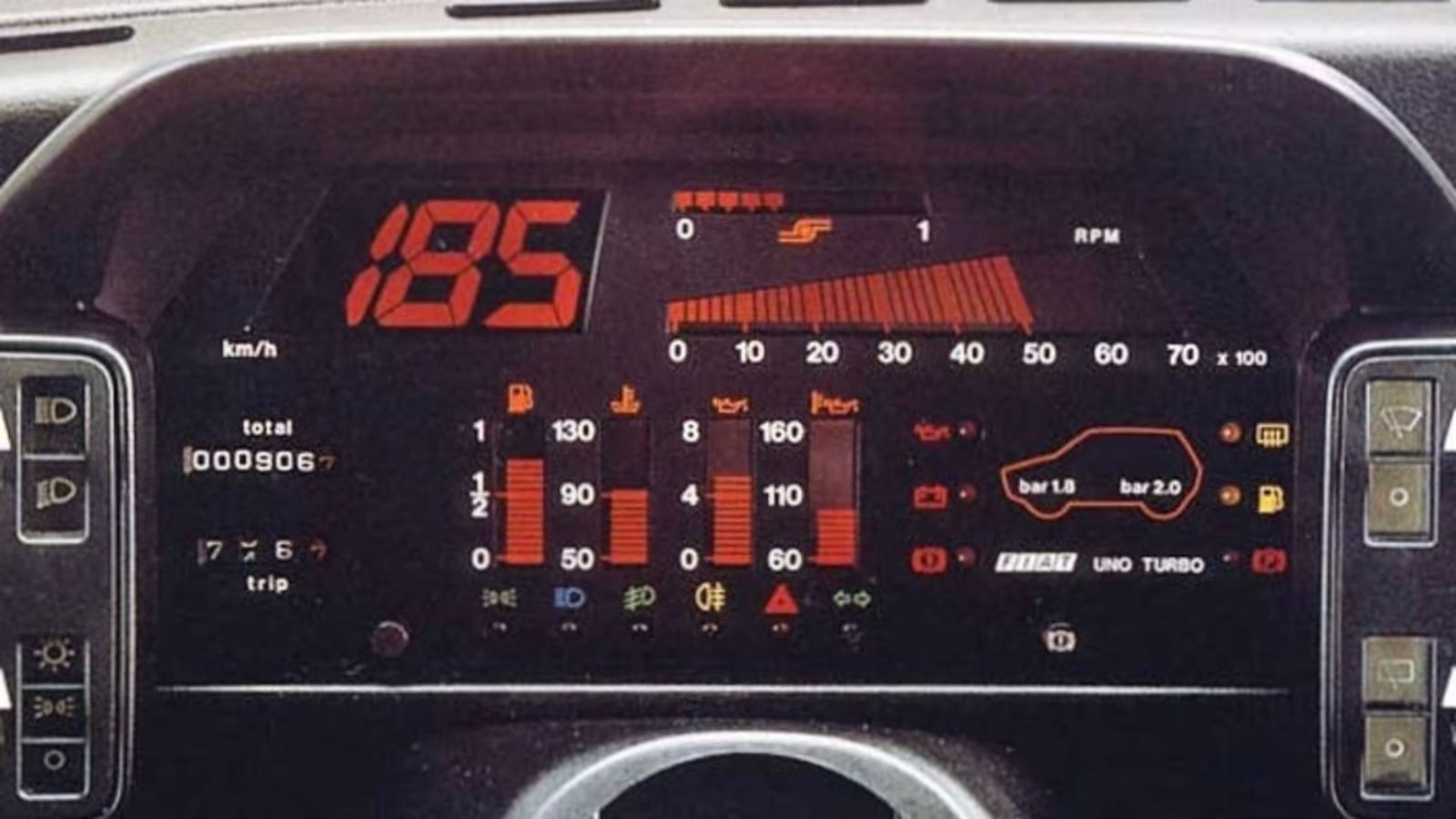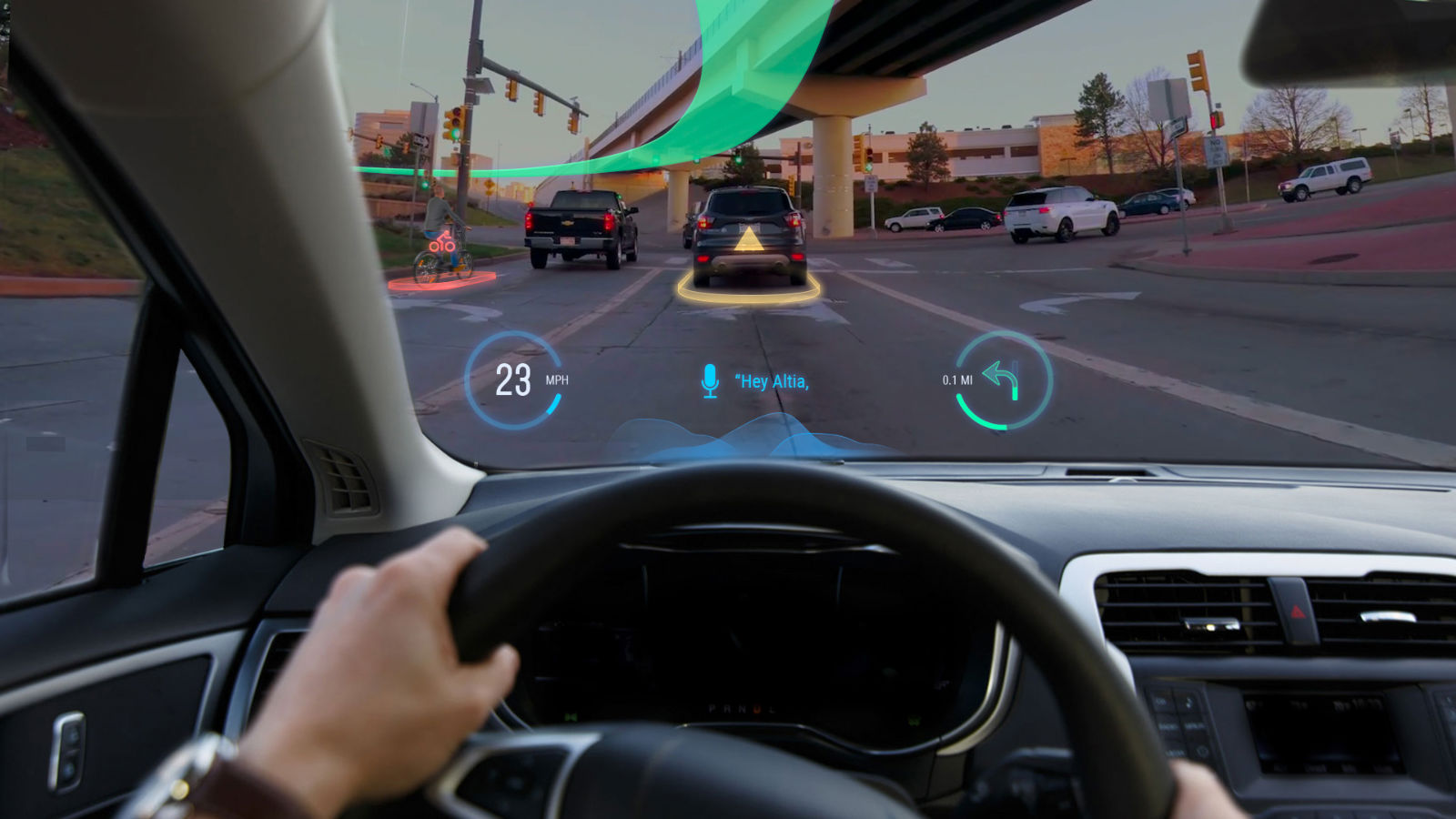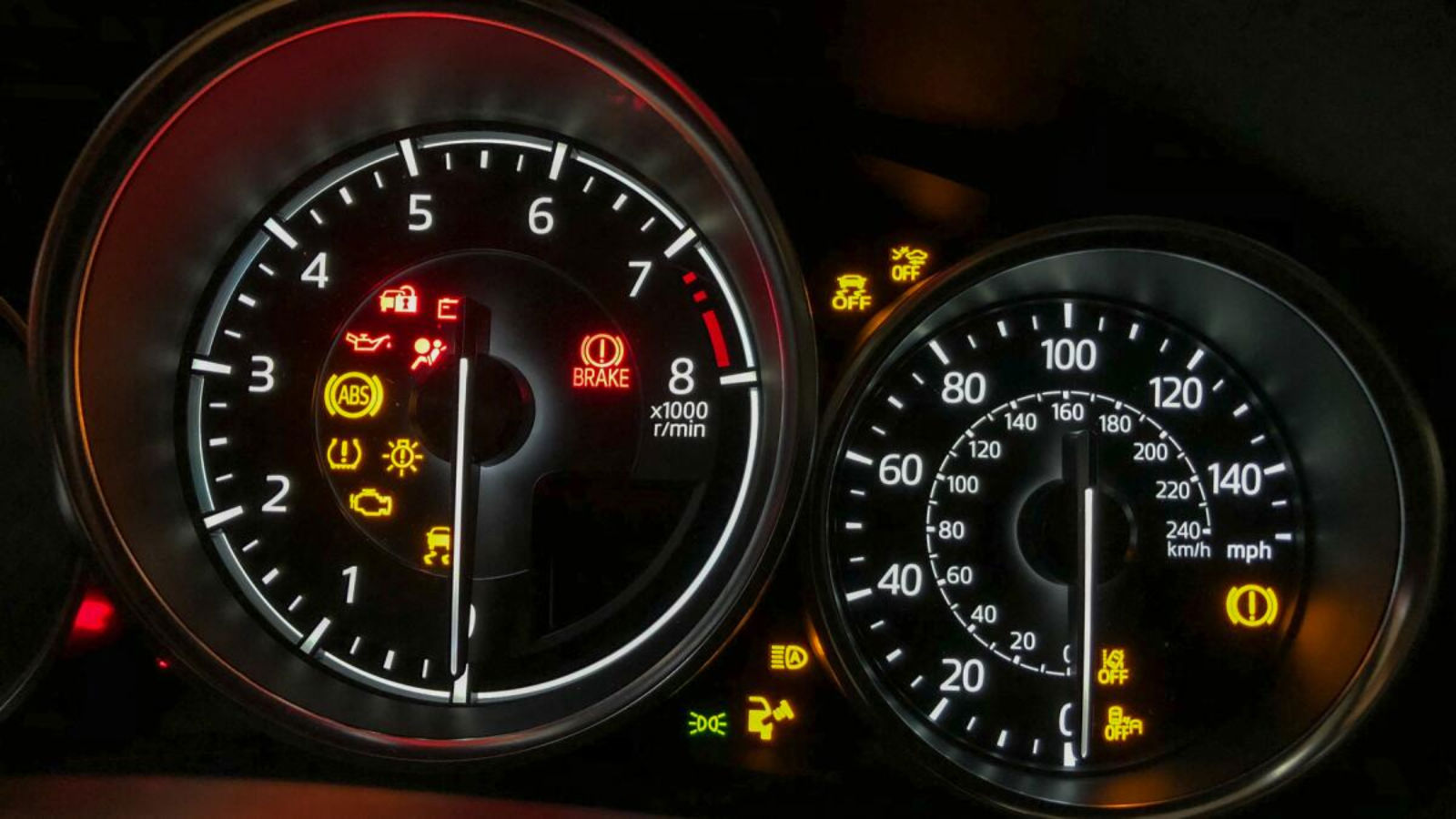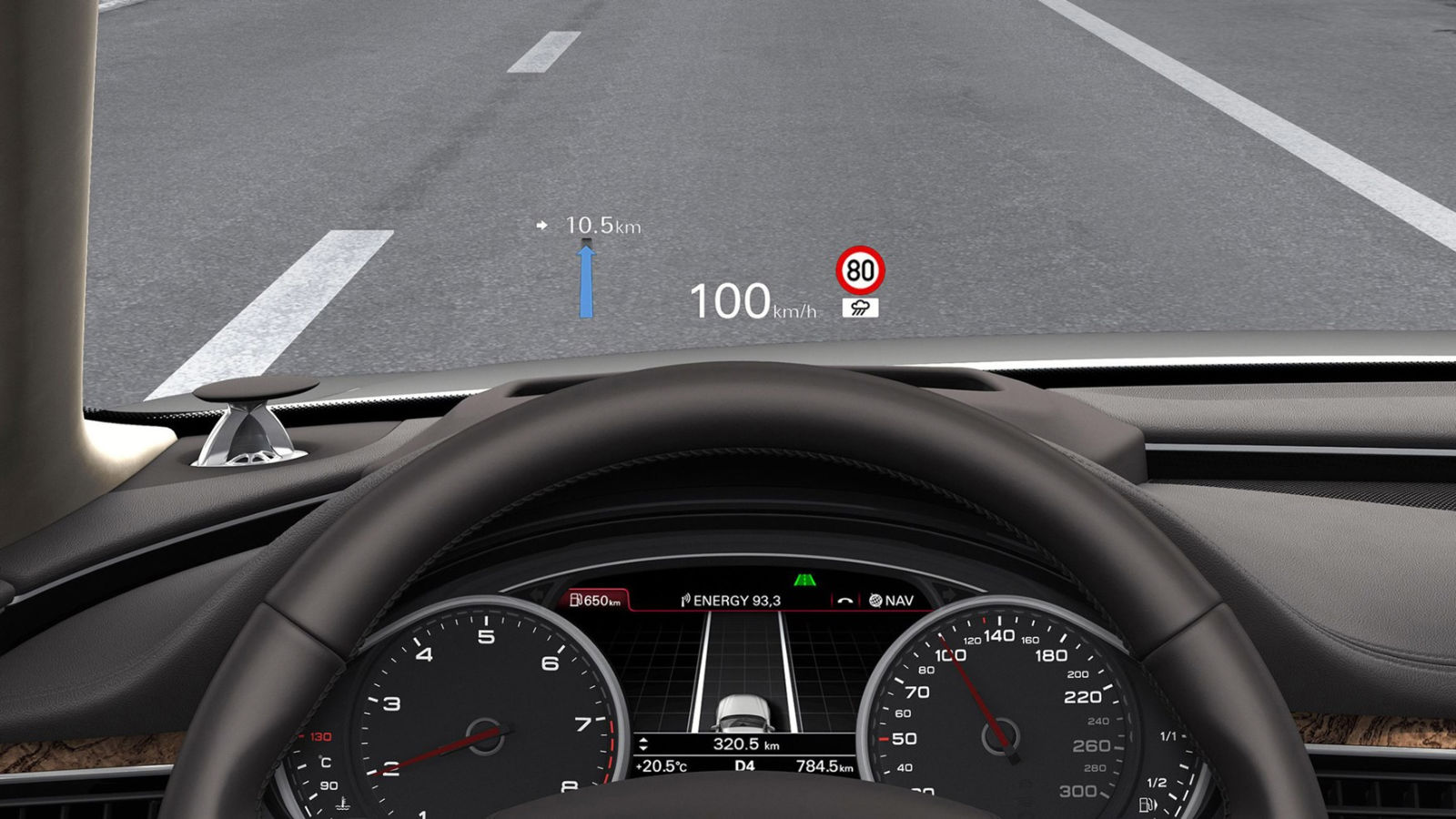Get To Know Your Car Better: A Detailed Guide To Automotive Terms — Instrument Cluster

A car’s instrument cluster is a display panel behind the steering wheel that shows essential information about the vehicle’s performance. It typically includes a speedometer, fuel gauge, odometer, and warning lights for various functions like engine problems or low fuel. The instrument cluster provides real-time data to help drivers monitor and control their vehicles
Without the instrument cluster, drivers would lack immediate access to vital information, hindering their ability to make informed decisions on the road and maintain the overall health of the vehicle. Before we proceed to find out everything about the instrument cluster, here is a beginner’s guide to car terms.

Evolution Of Instrument Clusters
The instrument cluster’s evolution in automotive history mirrors technological advancements. Early cars had simple analogue gauges for speed and fuel. As engineering progressed, clusters became more sophisticated, introducing additional gauges for temperature and oil pressure.
With the advent of digital technology in the late 20th century, instrument clusters shifted to electronic displays and digital readouts, offering more information in a compact space. Recently, clusters have embraced advanced technologies like LCD screens, touch interfaces, and augmented reality displays in high-end vehicles.

Modern instrument clusters offer customization, letting drivers personalise displays. Connected cars enable real-time updates for traffic, weather, and software. This evolution reflects the changing needs of drivers and advancements in technology.
Important Functions Of An Instrument Cluster
- Speed Monitoring: Displays the current speed of the vehicle, allowing the driver to adhere to speed limits and drive safely.
- Fuel Level Indication: Shows the amount of fuel in the tank, helping drivers plan refuelling stops and avoid running out of fuel.
- Odometer Reading: Records and displays the total distance the vehicle has travelled, aiding in maintenance scheduling and resale value assessment.
- Warning Lights: Illuminates warning indicators for crucial alerts such as engine issues, low oil pressure, or low battery, prompting timely action to address problems.

- Temperature Gauge: Monitors the engine coolant temperature, alerting the driver to potential overheating issues that could damage the engine.
- Tachometer: Indicates the engine’s revolutions per minute (RPM), assisting drivers in managing acceleration and gear shifts.
- Indicator Lights: Signals for turn signals, high beam headlights, and other vehicle functions, enhancing communication between drivers on the road.
- Trip Computer: Provides additional information such as average fuel consumption, trip distance, and journey time to assist with trip planning and efficiency.
In addition to the above functions, the modern clusters with their TFT displays provide a lot more information in real-time making life behind the wheel easy and safe.
How Does An Instrument Cluster Work?
The instrument cluster functions as the nerve centre of a vehicle’s dashboard, conveying crucial information to the driver. Sensors throughout the vehicle collect real-time data on parameters like speed, RPM, fuel level, and temperature. The Engine Control Unit (ECU) processes this data and translates it into readable formats for display.
Traditional clusters use analogue gauges with stepper motors, while modern ones feature digital displays such as LCD screens. Warning lights and indicators alert drivers to specific conditions, enhancing safety. Integrated with the vehicle’s network, the instrument cluster provides a comprehensive overview of the vehicle’s status.
Types Of Instrument Clusters
Analog Instrument Cluster:

- Features traditional analogue gauges and dials for speed, fuel, temperature, and other metrics.
- Commonly found in older vehicles and some classic car models.
Digital Instrument Cluster:
- Utilizes digital displays, such as LCD or TFT screens, to present information.
- Provides flexibility in design and can show a variety of information in a digital format.
- Found in many modern vehicles.
Hybrid Instrument Cluster:

- Combines analogue elements (like physical gauges) with digital displays.
- Offers a balance between the classic look of analogue gauges and the versatility of digital information.
Head-Up Display (HUD):
- Projects essential information onto the windshield, directly in the driver’s line of sight.
- Reduces the need for the driver to look away from the road.
- Often includes details like speed, navigation directions, and warnings.
Configurable Instrument Cluster:
- Allows drivers to customize the displayed information based on their preferences.
- Commonly found in high-end and luxury vehicles.
3D Instrument Cluster:
- Creates a three-dimensional effect on the display for a more immersive experience.
- Enhances the visual appeal of the instrument cluster.
Augmented Reality (AR) Instrument Cluster:

- Integrates augmented reality elements, overlaying information onto the real-world view.
- Provides a more intuitive and interactive display.
What Are Tell-tale Signs In An Instrument Cluster?
Tell-tale signs in an instrument cluster are warning indicators or symbols designed to alert the driver about specific issues or conditions related to the vehicle. These signs convey important information and prompt the driver to take appropriate action. Common tell-tale signs include:
- Engine Warning Light: Signals potential engine issues, requiring immediate attention.
- Oil Pressure Warning Light: Indicates low oil pressure, prompting immediate action to prevent engine damage.
- Battery Charge Warning Light: Alerts to charging system problems, often related to the battery or alternator.
- Brake System Warning Light: Indicates brake system issues like low fluid or ABS malfunctions.
- Coolant Temperature Warning Light: Warns of high engine coolant temperatures, signalling potential overheating.

- Transmission Temperature Warning Light: Alerts to high transmission fluid temperatures, requiring attention.
- ABS Warning Light: Indicates Anti-lock Braking System problems, affecting braking performance.
- Airbag Warning Light: Signals faults in the airbag system, necessitating inspection and potential repair.
- Fuel Level Warning Light: Alerts when fuel is critically low, reminding the driver to refuel.
- TPMS Warning Light: Indicates low tire pressure, prompting proper tire maintenance.
- Check Engine Light: Warns of various engine-related issues, necessitating a check-up.
- Glow Plug Indicator (Diesel Vehicles): Illuminates during the pre-heating phase in diesel vehicles, indicating safe engine start.
Additionally, modern instrument clusters have a few other warning signs including front and rear collision warnings and other ADAS-related signalling.
What Is A HUD (Heads-Up Display)?

It is a transparent display technology that presents information directly in the line of sight of the user, allowing them to access crucial data without having to look away from their usual viewpoint. A HUD typically projects information onto the windshield, enabling drivers to see important details like speed, navigation instructions, and other relevant data without diverting their eyes from the road. This technology enhances safety by providing essential information in a manner that minimizes distraction and helps drivers maintain focus on driving.
Those are all the important terminologies involved in a car’s instrument cluster. We will be explaining other interior sections of a car in the coming weeks on our weekly guide to automotive terms. Keep an eye on the DubiCars Blog section for more such guides.
Looking to own a car? Here is a list of used cars on sale in the UAE and new cars on sale in the UAE.








